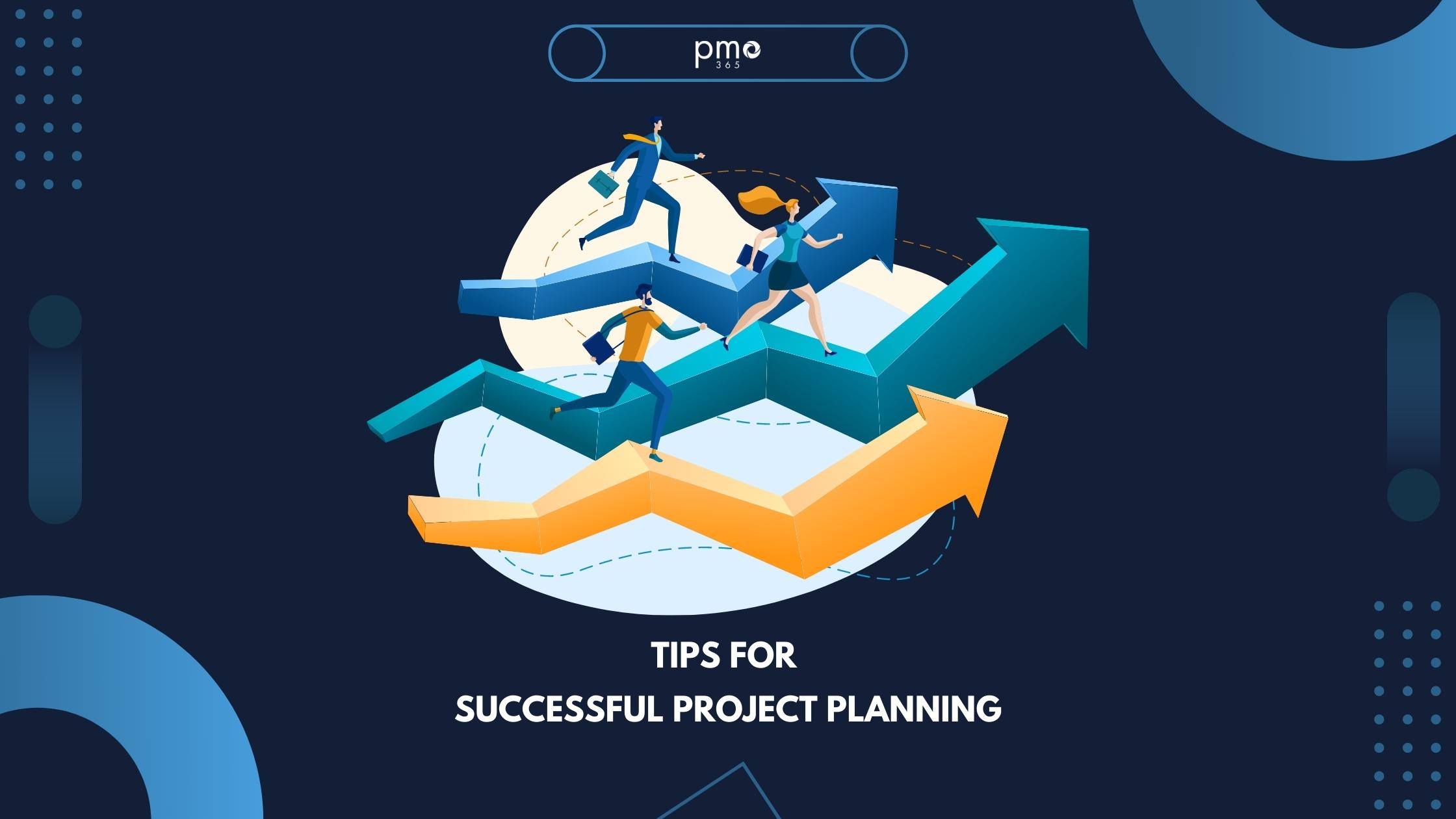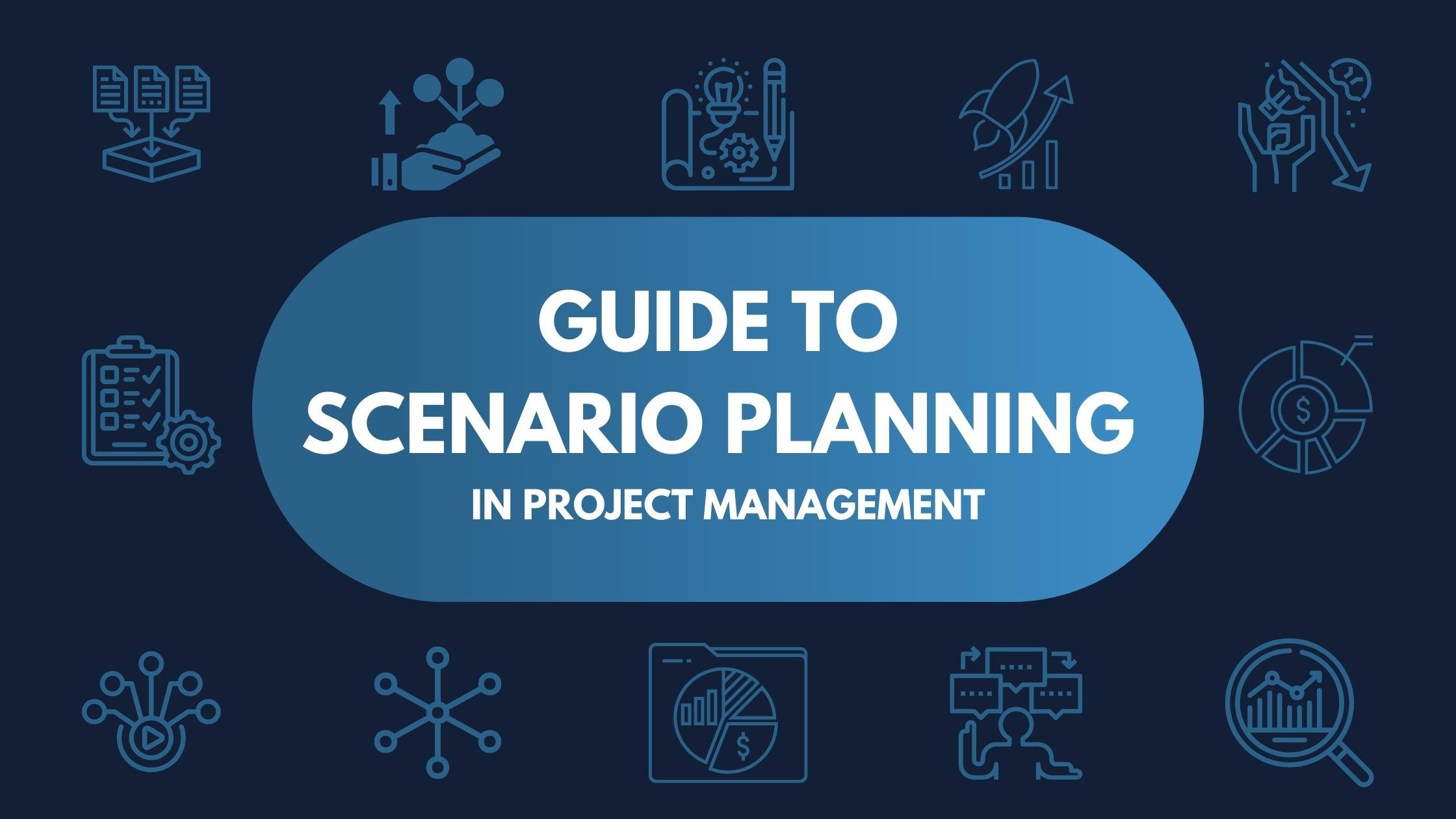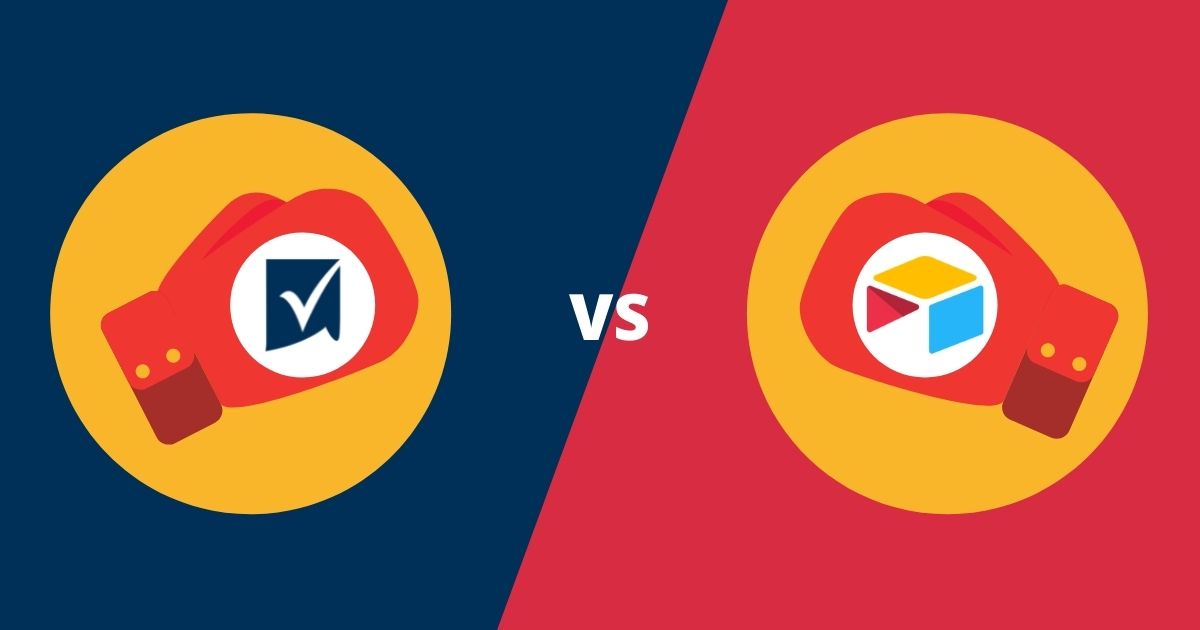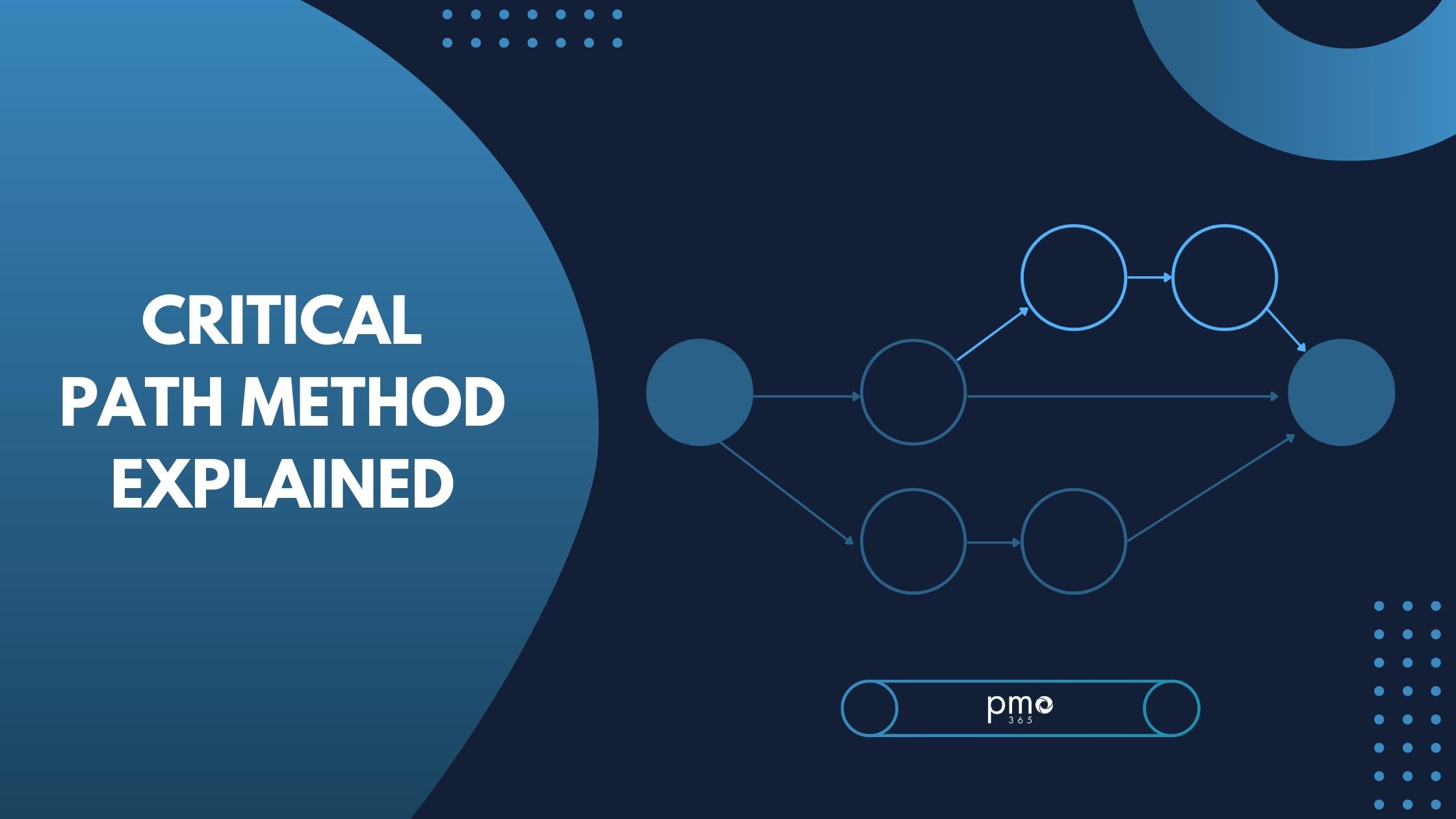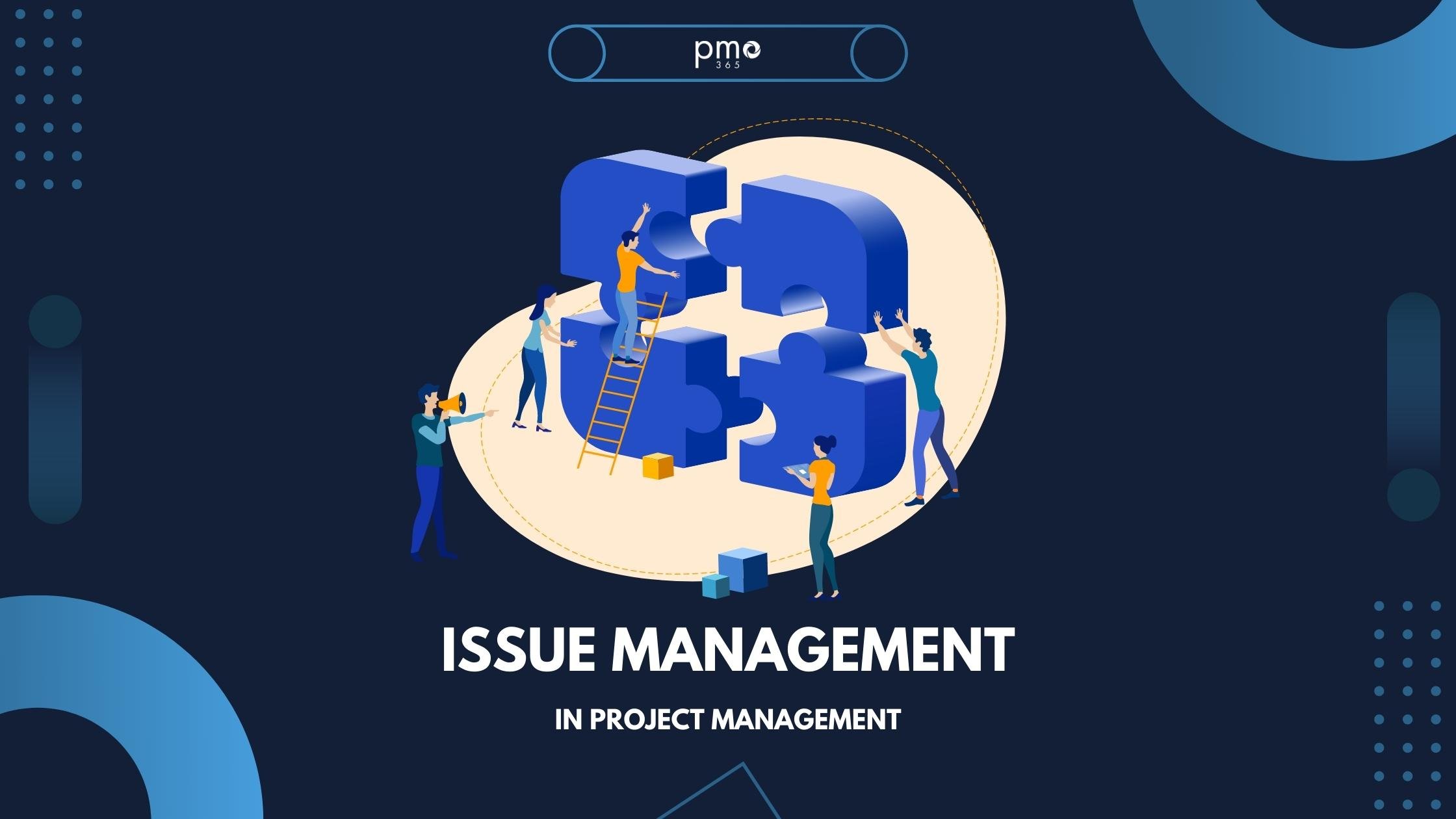Innovation Frameworks are a vital part of how to create a culture of innovation in the workplace. Innovation is how businesses stay relevant and keep ahead of their competition. So, good innovation frameworks are crucial for business.
But how do we go about building one? We’ve made a step-by-step guide to help you get started on the perfect innovation framework for your organization.
What is an Innovation Framework?
Innovation frameworks are strategic structures that let organisations tap into ideas, evaluate the strengths and weakness of each, and make informed decisions about strategies to turn ideas into value-generating opportunities.
Without a clear innovation framework, businesses would simply collect ideas without knowing if they were sitting on a goldmine of potential. Innovation Frameworks help you gather all types of ideas and filter through them to find the gold nuggets that will radically change your business model.
Whether you’re a locally based SME or a global enterprise, you need to know how to create a culture of innovation in the workplace. Organisations of every size do themselves a disservice by not tapping into the ideas within.
However, building an effective innovation framework isn’t as easy as copy-and-pasting someone else’s system. Gary Pisano from Harvard Business School explains this perfectly.
– Gary Pisano, Harvard Business School“There is no one system that fits all companies equally well or works under all circumstances. There is nothing wrong, of course, with learning from others, but it is a mistake to believe that what works for, say, Apple (today’s favorite innovator) is going to work for your organization. An explicit innovation strategy helps you design a system to match your specific competitive needs.”
The point of this guide is not to give you a one-size-fits-all model. Rather, it gives you the tools, the knowledge, and structure that you can adapt to your business’s unique context.
Identify the type of innovation
Before building your framework, it is useful to first identify the type of innovation you want to pursue. This list, though not exhaustitive, comprises four of the most common types of innovations.
Incremental Innovation
Incremental innovation utilises existing technology to innovate through design changes and enhancements of existing products and market. It is one of the most widely used frameworks as it creates minimal risk and resistance from both employees and customers.
Though revolutionary and ground-breaking, it is not always the best form of innovation if extreme changes lead your stakeholders to become disconnected. The sad truth is that most people hate change. Slow and steady change gives people the time of learn, adapt, and grow with innovations as they go.
Incremental innovation also gives organizations the opportunity to add some unique features to their products and services whilst testing the waters to gauge their effectiveness and reception. Small improvements and updates not only add value but build expectation from customers. Slower innovation also makes employees more receptive towards change.
Disruptive Innovation
Disruptive innovation aims to create a new value network through brand new products and services. These disrupt already established markets or create completely new ones.
Disruptive innovation can often be costly and high risk as they usually do not directly appeal to the needs and preferences of mainstream customers at first. However, once they have solidified their value to customers, they become the benchmark competitors must catch up with.
Established organizations often focus on proven business models rather than disrupt the market as a whole. As a result, disruptors are often new entrants to the market. This is a unique opportunity for businesses to overhaul the market order if they have an innovation strong enough to tackle the established norm. If you have a ground-breaking and market-shaking product or service, this could be the approach to use.
You’re definitely not alone in taking this approach either. We are in an age of disruption right now, where ‘market disruptors’ is a part of the vocabulary. We’ve witnessed Uber and ride-sharing apps tackle the taxi industry. Airbnb has changed the definition of holiday accommodation. And we’ve watchen Amazon disrupt just about everyone! To avoid being disrupted, you might just have to become a disrupter yourself.
Architectural Innovation
Architectural innovation takes existing solutions from other markets and modifies them for a completely new market. This type of innovation produces a new product by rearranging current designs with existing products in new ways. However, instead of completely disrupting the market, it makes a product which is both innovative and fully supported by the market.
Architectural innovation has a lower risk than the disruptive innovation approach as it has less worries regarding profitability and capturing a completely new market. The trade-off is its inability to make new networks, its dependency on continual sustained innovation, and its inevitable cap once products become too expensive for customers.
This approach is useful for shorter to medium term innovation and it is mainly a way for a business to sustain its position in the market.
Radical Innovation
Radical innovation takes disruptive innovation a step further. While disruptive innovations still work within the existing logic of the current market, albeit with a different and unique position – radical innovation aims to create both a revolutionary product and business model at the same time.
This type of innovation aims to make solutions for problems we may not have known existed, and it can transform not only markets, but entire economies. These innovations are often met with much resistance in the beginning, but once they take off, they form the foundations of a completely new era of innovation.
Radical innovations may be rare, but they are becoming more frequent in recent times. Computers and the Internet were once radical innovations that now form the foundations of current everyday life. The current era also has a large wave of radical innovations on the horizon, from artificial intelligence to blockchain technology. Who knows if your innovation may be included in that wave?
How to Create a Culture of Innovation in the Workplace in 6 steps
Once you’ve identified your innovation focus, it’s time to start building your Innovation Framework. Here’s the six steps you should be hitting to make sure you are building one effectively.
Step one: Set your framework’s goals
An innovation framework is all about coordinating resources, talent, tools, and processes to harness ideas that align with the business’s strategy. But there’s no point in building a whole framework if you don’t have clear goals as the foundation.
There are three main goals for an innovation framework:
- To positively impact organizational culture by fostering cultures of collaboration, innovation, and openness.
- To increase employee engagement throughout the innovation process and build a future-oriented mindset.
- To generate and evaluate a continual stream of ideas that have a positive impact on the business.
You can add on or further refine these goals to suit your business context. However, as you build on extra steps, make sure not to lose sight of these foundational goals that inform the framework and strategy.
Step two: Get your employees on-board
Don’t get ahead of yourself and build a whole idea management platform that no-one will actually use! Without proper incentives, encouragement, and an organisational push to share and create ideas, the best framework could simply become a pretty accessory.
Cultural tactics must be applied before any structural features can be made. Start building opportunities for people to begin sharing their ideas and show that those ideas are being valued. A company group chat or monthly gathering can be a good way to make employees more open to innovation and build the culture that allows a framework to be as effective as possible.
Step three: Build an Idea Management Tool
An idea management tool is an interactive platform that gathers, tracks, and gives feedback for new ideas and their progress. An effective idea management tool must focus on transparency to ensure participation and investment from employees.
All ideas should have equal opportunity for review and feedback. If an idea progresses further, the employee should be notified whether any new comments have been made or if new input is required. The tool can also act as a means for social contact between employees from different divisions with different skillsets. In this way, it can help build cross-cultural collaboration of ideas. The tool must also provide a way to filter high-potential ideas and allocate proper resources to them.
Step four: Setting an innovation focus
You don’t want all your employees to suddenly bombard you with ideas from every direction. You want to gather ideas that address a current or potential problem your business is facing. To ensure both the employees and the reviewers time is not being wasted filtering through endless ideas, setting an innovation focus topic helps direct talent to the most critical problems first.
Innovation campaigns are a useful tool as they can give a whole information package on the background, scope and duration of the problem to make sure ideas are focused and on the same page. Additionally, multiple campaigns can be made for multiple problems. Giving employees a clearer focus increases the probability of an idea being adopted.
Step five: Manage your innovation framework backends
You’ve managed to gather some amazing ideas from your employees, but not all of them are actionable right away. Be it a matter of timing, resources or further development, you want to make sure you don’t lose or forget any potential ground-breaking ideas.
So, make sure there is a proper process that sorts, manages and constantly monitors existing ideas so they are ready to hit the ground running when and if the opportunity calls for them.
Backend management is not limited to ideas that succeed. Giving feedback to unsuccessful ideas is important as it encourages employees to be constantly developing their ideas. It also fosters a positive culture that keeps employees keen to generate more.
Step six: Don’t forget to celebrate success
Make sure you take the time to truly celebrate and acknowledge successful ideas. Innovation frameworks make it easier to identify global contributions across all levels of the business. Letting people see how ideas are turned into successful tangible strategies builds both a culture of innovation in the workplace and a sense of acknowledgement.
One of the greatest rewards of being an innovator is having your ideas acknowledged. Make that feeling a constant and addictive feature in the workplace so the ideas train keeps rolling along!
Now you’ve got the foundations for how to create an innovation culture in the workplace. If you want to go deeper, we’ve made a post exploring the 10 types of innovation framework that you should read.
As we mentioned, this guide is not meant to be your be-all and end-all for innovation frameworks and we encourage you to adapt these tips to suit your business and its unique context.
To help you out, we’ve made a free checklist guide filled with useful templates and questions that make these tips on building innovation frameworks directly applicable to your business. Be sure to check out our blog to get more useful insight on innovation management.
Find out about pmo365‘s comprehensive and completely customisable PPM solution for organisations engaged in project portfolio management, or read our Solution Guide to discover all the ways we can help you to focus your activities on strategic success.


